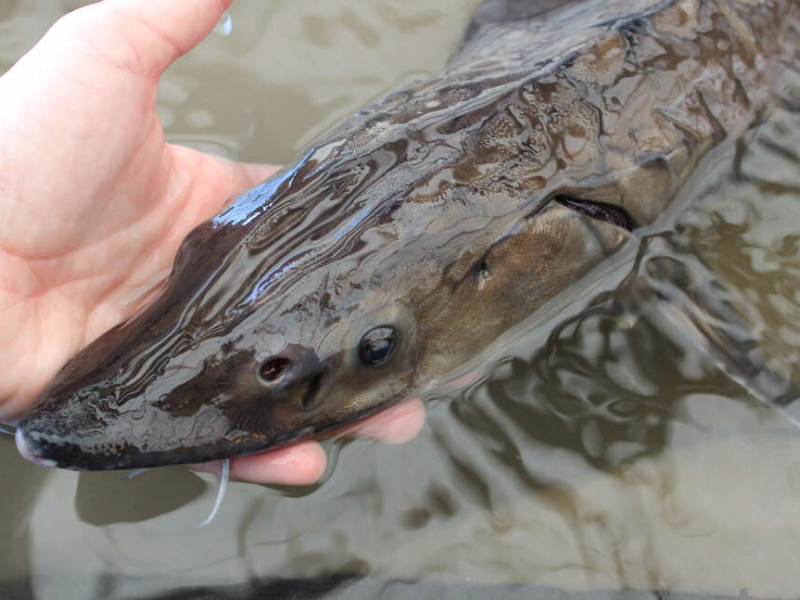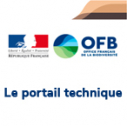A comprehensive and concerted plan for diadromous species
In the fifth issue of "Biodiversité, des clés pour agir", the technical journal of the French Biodiversity Agency (OFB), Marie Motte, research engineer at INRAE and OFB details the National Plan for Diadromous Migrators.
Diadromous migrators are species that migrate between fresh and salt water, essential to their life cycle.
Because of these movements, these species are particularly sensitive to a number of pressures: obstacles to migration, habitat loss, overfishing, water pollution, introduction of invasive exotic species, climate change...
"Despite the diversity of existing management measures and the efforts made, their populations continue to decline. In France, 50% of diadromous species assessed for the Red List of Freshwater Fishes by the French Committee of the International Union for Conservation of Nature (IUCN) and the National Museum of Natural History (MNHN) are threatened with extinction".
To reduce these pressures and restore their populations and habitats, the departments of the ministries in charge of ecology, fisheries and overseas have entrusted OFB with the development and coordination of a National Plan for Diadromous Migrators (PNMA in French), which concerns all diadromous migrator species listed in France and the five overseas departments and regions (DROMs).
"This represents 12 species of fish in France, as well as 59 species of fish and 25 macro-crustaceans in the DROMs.”
Designed for a 10-year period (2022-2032), the National Plan for Diadromous Migrators is structured around 35 actions, divided into 6 main themes:
- the land-sea nexus,
- fishing,
- continental habitats and ecological continuity,
- fish farming and restocking,
- communication, awareness-raising and training,
- monitoring, evaluation and outlook.
These actions will be implemented by several pilots and partners who participated in their development. INRAE will also provide scientific and technical support.
"Synergy, complementarity, coordination and concrete action are the strengths of the PNMA. At the halfway point, the results of the plan's actions will be used to update the planning documents for the basins and seafronts."




